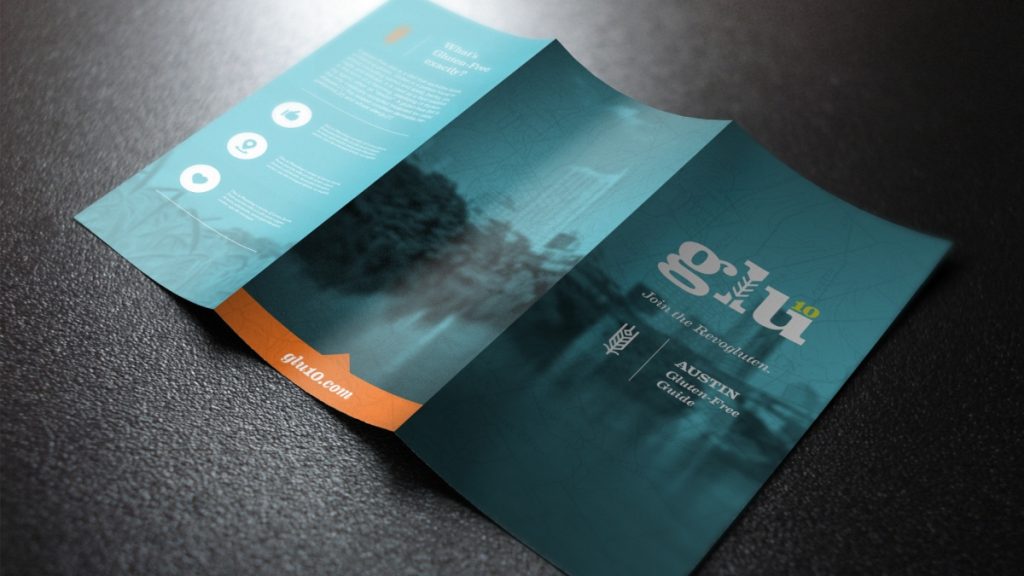A well-designed brochure must be considered in today’s competitive business scene. An engaging brochure acts as a visual and informational gateway to your products or services, successfully expressing the message of your brand to a targeted audience.
A well-crafted brochure, whether used for marketing, promotion, or information, may capture readers, and make a lasting impression. To accomplish this, it is critical to follow design principles, identify your audience, and create clear goals. In this article, we will look at crucial ideas for developing brochures that not only catch people’s attention but also turn them into devoted clients.
Understanding Brochure Designs
Brochure design is an essential component of a successful marketing and communication strategy. A well-designed brochure combines aesthetics and functionality, employing design principles to create a visually appealing and instructive document. It communicates to a specified target audience a brand’s message, product specifications, or vital information.
Typography, color palettes, and layout is essential in directing the reader’s attention. A brochure’s readability is improved by clever use of white space, while fascinating content, engaging pictures, and a solid call to action make it memorable and persuasive.
What are tips for Brochure Designs?
An engaging brochure design necessitates meticulous preparation and attention to detail. Here are some pointers for creating great brochure designs:
Know Your Audience
Define your target audience’s demographic, psychographic, and behavioral qualities. Consider their preferences, needs, and pain spots. You may adjust your brochure’s style, content, and messaging to resonate with them by delving into their thinking.
Whether offering a product, a service, or information, knowing your target intimately guarantees that your brochure appeals directly to their interests, rendering it more engaging and convincing. These personalized brochure design services not only attract their attention but also increase the likelihood that the brochure will achieve its intended goals.
Set Clear Objectives
The foundation of effective brochure design is the establishment of defined objectives. Begin by identifying your brochure’s purpose and aims. Do you want to increase brand awareness, generate leads, promote a product, or provide information? The design process is guided by clearly specified objectives, which ensure that every piece in your brochure serves a precise role.
Determining important themes and calls to action ahead of time allows you to keep focused and measure the effectiveness of your brochure against these stated goals, resulting in a more purposeful and impactful design.
Design Principles
Design principles are the foundation of effective brochure design. Adopt simplicity and clarity to ensure your message is easily comprehended. Consistency in font, color schemes, and branding results in a unified and professional appearance. Create a clear visual hierarchy to help readers navigate your content.
Using imagery effectively, whether images or graphics, improves visual appeal and supports your message. By following these design principles, your brochure will be more visually appealing, memorable, and effective in communicating your message to your target audience.
Layout and Structure
Layout and structure are critical components in developing an excellent brochure design. Begin by picking an appropriate format for your information, such as a bi-fold or trifold. Ensure that information flows naturally and cohesively by organizing it rationally. The cover and back page designs should be eye-catching and representative of your brand.
Readers can browse the information using headings, subheadings, and bullet points. A well-planned layout and structure make your brochure easier to read and understand, increasing its overall impact and efficacy in communicating your message to your target audience.
Content Creation
Designing appealing brochures requires effective content creation. Create attention-grabbing headlines and taglines that stimulate curiosity while conveying your point succinctly. Create convincing, succinct language that emphasizes the significant benefits of your offerings. Use storytelling tactics to connect readers emotionally and offer testimonials for credibility.
Incorporating engaging calls to action inside the material encourages reader participation and results. Businesses that want to expedite their brochure creation should outsource graphic design services to specialists skilled at creating visually appealing and persuasive content. The content of your brochure should be helpful and served to your target audience.
Conclusion
Ultimately, a well-designed brochure is an influential marketing tool that may attract, inform, and influence your target audience. By following the advice in this article, you can produce brochures that not only catch the eye but also effectively express your message and help you meet your marketing goals. Remember that simplicity, clarity, and an audience-centered approach are essential. A great brochure’s lasting impact can continue well beyond its original distribution, making it a valuable piece in your marketing arsenal.

